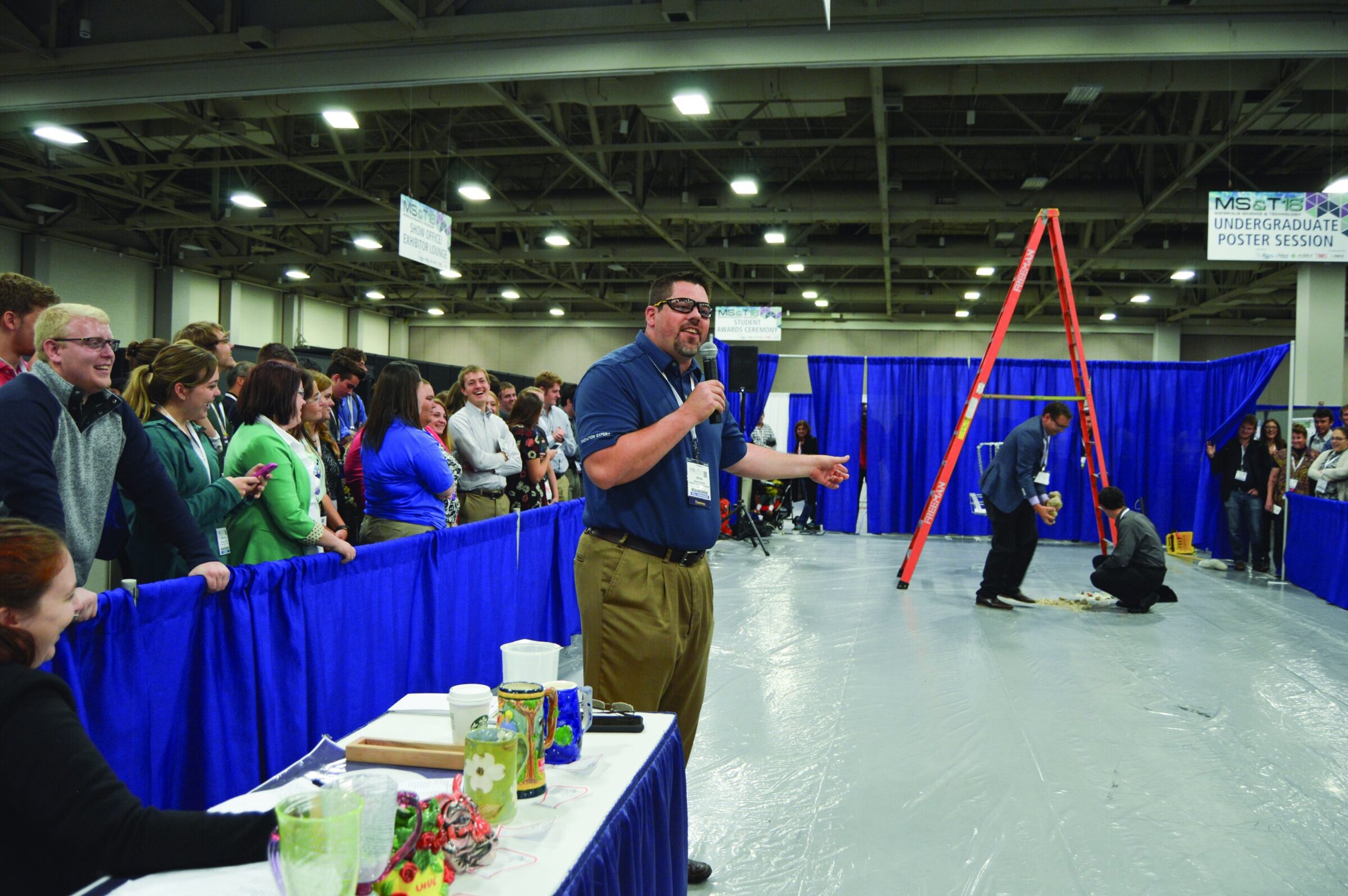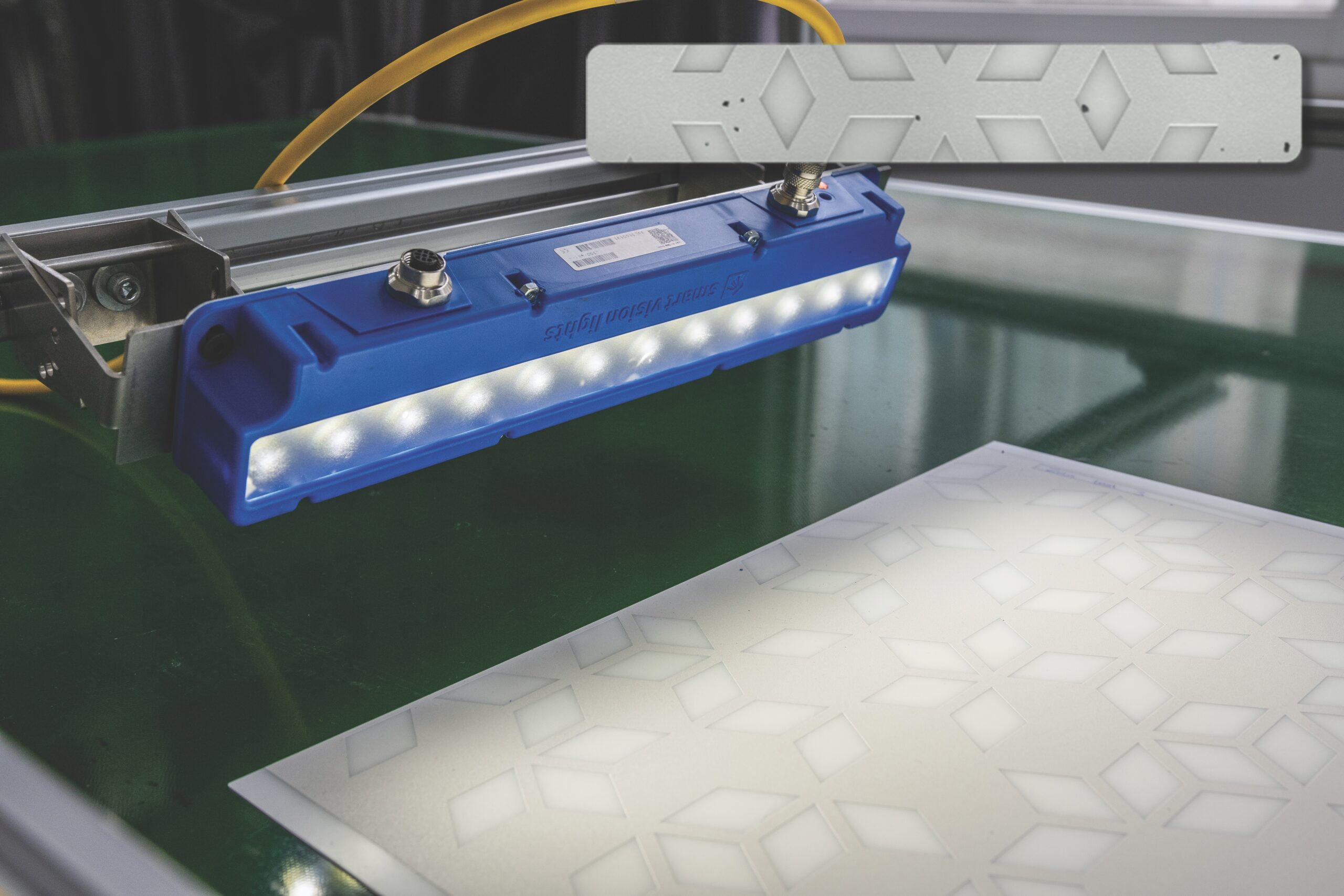Keramos, the professional fraternity for ceramic engineers, was founded by students who felt that ceramic engineers needed a path to professional recognition.
The American Ceramic Society, founded around the same time as Keramos, focused on addressing the scientific needs of the nascent ceramic engineering profession. Students formed Keramos to help achieve the same professional recognition for ceramic engineering that other engineering fields enjoyed. Keramos’ mission —“To promote and emphasize scholarship and character in the thoughts of students, to stimulate mental development, and to promote interest in the professional aspects of ceramic engineering, technology, and science”—still applies today.
The first professional fraternity for ceramic engineers, Beta Pi Kappa, was founded at the Ohio State University in 1902. The first, or alpha, chapter of Keramos was founded at the University of Illinois in 1915. Eventually Beta Pi Kappa and other Greek letter organizations merged to establish Keramos as a national organization in 1932. Arthur Frederick Greaves-Walker was elected as the first national president, with chapters at the University of Illinois, The Ohio State University, North Carolina State University, and Alfred University.
Keramos grew quickly by initiating new members at existing chapters, establishing new chapters, and electing honorary members. More than 15 Keramos chapters were founded across the United States. Chapter activities fluctuated with ceramic engineering curricula and transitions to materials science. Keramos successfully fulfilled its mission to provide professional recognition by establishing the Institute of Ceramic Engineers (later NICE, now the Education and Professional Development Council) and work with the Engineers Council for Professional Development (now ABET).
Today nine active Keramos chapters carry forward the Keramos mission, including Alfred University, Clemson University, Colorado School of Mines, Missouri University of Science and Technology, Pennsylvania State University, Rutgers, University of Arizona, University of Illinois, and University of Washington. Most recently, Colorado School of Mines students founded a chapter in 2016.
Keramos has inducted more than 10,000 members over its 100+ year history. Members are found throughout the ceramic and glass industries, government labs, and academia. Professionalism and service are the focus of Keramos, and its student chapters are the driving force. Keramos students log hundreds of hours each year promoting ceramic and glass sciences as a profession. Their efforts include outreach events at local schools, hosting exhibitions in their university departments, community service projects, competing in academic competitions, tutoring, tours of ceramic and glass corporations, organizing lunch-and-learns, and hosting guest speakers. This past year, several chapters helped judge local elementary school science fairs. Keramos members provided feedback on the scientific method and helped promote young students’ excitement in science.
Keramos enjoys a close relationship with The American Ceramic Society. This year, the Ceramic and Glass Industry Foundation (CGIF) began a partnership with Keramos to expand student chapter activities. Chapters may apply for an annual grant from CGIF to support outreach activities on campus and at local schools. The first round of grant applications in early 2018 generated some novel and creative methods for spreading the word about ceramic engineering to the future work force.
For example, the grant applications in early 2018 generated some novel and creative methods for spreading the word about ceramic engineering to the future work force. For example, The Colorado School of Mines Keramos Chapter plans to host a High School Materials Science Demo Day, bringing local students to the campus for a tour and ceramics and glass demos including the new hot glass shop. The Missouri S&T Keramos Chapter will purchase cotton candy machines to demonstrate (edible) fiberglass production.
Locally, Keramos students do an excellent job promoting ceramics and glass. At a national level, the Keramos Board of Directors works to bring students together at the ACerS Annual Meeting and MS&T Conference. This exposes students to the ceramics and glass profession at national and international levels and give them an opportunity to interact with peers during the Keramos Annual Convocation, as well as to network with professionals and future employers throughout the conference. “Often, MS&T is the first conference many Keramos members attend—getting to see the community within the ceramics and glass industry is an invaluable experience. Attending the Annual Convocation and business meeting shows delegates that we do have a hand in shaping the organization as a whole,” Katie Gann, student at Colorado School of Mines, says.
Beyond the student experience
Students members of Keramos need your support for their continued success. Professionals in industry, government labs, and academia can support Keramos students by offering to visit a chapter as a guest speaker, providing a tour of your facility, and helping students understand more about opportunities available in careers in ceramics and glass.
As a Keramos member, keeping up with your annual dues (only $10!) or providing additional donations will help students at your alma mater and other Keramos chapters. You can do this via the Keramos page at www.ceramics.org. The Board of Directors concentrates almost all the fraternity’s funds on supporting student travel to the MS&T conference, with a small amount going to professional recognition such as the Outstanding Chapter Award. In other words, all funds support student engagement in the ceramic and glass profession!
You can stay in touch with Keramos through our newsletter, the Keragram. It’s available on the Keramos page at www.ceramics.org/classes/keramos and distributed by email. The Keramos page also has every chapter’s annual reports, so it’s a great place to check up on your home chapter.
Anyone, regardless of Keramos membership, is welcome to join the Keramos Annual Convocation on the Sunday morning prior to the MS&T conference. The Convocation highlights activities and accomplishments of all chapters. Each year a “career speaker” is selected to provide a comprehensive view of his or her career in ceramics and glass, providing important lessons and suggestions for students as they prepare to graduate.

Keramos organizes some of MS&T’s most visible and entertaining student activities, the annual Keramos ceramic mug drop and disc golf competitions. Brian Gilmore emcees the 2016 competition with aesthetic competition mugs in the foreground. Credit: ACerS
Keramos ceramic mug drop
The Ceramic Mug Drop Competition has been a highlight of ACerS Annual Meeting for decades. Sponsored by Keramos with the support of Material Advantage, the competition offers students a chance to demonstrate their skill in fabricating a ceramic mug that can survive drops from increasing heights. The competition typically draws entrants from a dozen or more schools, with more than 100 spectators gathering to watch the action.
Keramos students designed the contest rules to highlight the strength and durability of ceramic materials overcoming the common notion of brittleness as a design limitation. Mugs must be designed and built by students, consist entirely of ceramic or glass materials, contain no store-bought parts, have a useful handle, and meet size and volume requirements. The entire mug must be fired as a single body, with no pieces attached after firing.
During the competition, mugs are dropped from increasing heights until failure. The first drop height is 30 cm, and heights increase in 15 cm increments. Some top performing mugs have survived drops of 210 cm and more! As one might imagine, failures from drops of these heights can be spectacular.
Geopolymer mugs developed by the University of Illinois Keramos Chapter dominated the contest for a few years. The mugs routinely survived drops of more than 5 meters. During the ACerS meeting in 2005, Keramos resorted to dropping the Illinois mugs from a balcony outside the conference center, and the mugs survived! Difficulty breaking geopolymer mugs forced a rule change; mugs must now be fired at a temperature of 1,000°C or more.
In addition to drop strength, mugs are also judged for their aesthetics. Recent winners in this category have highlighted students’ skills in glazing and glass blowing. Thankfully, contest rules do not require that mugs competing in the aesthetics category submit to the drop contest.
“Being able to witness Keramos’s presence at the conferences, especially the excitement the competitions elicit, helps to reaffirm students’ choices in pursuing ceramic and glass sciences,” Katie Gann, Colorado School of Mines, says.
Building on the success of the mug drop competition, Keramos students developed the ceramic disc golf competition a few years ago. This contest combines skill fabricating discs using ceramic materials with skill throwing discs to a goal at distances up to 9 meters.
Be sure to check out the mug drop and ceramic disc golf competitions during the exhibition at MS&T’18 on Tuesday, Oct. 16, in Columbus, Ohio. Check schedule details at www.matscitech.org.
Cite this article
K. Fox, “Keramos powers a bright future with its deep history,” Am. Ceram. Soc. Bull. 2018, 97(7): 26–28.
About the Author(s)
Kevin Fox is fellow engineer at Savannah River National Laboratory and past president/herald of Keramos. Contact him at kevin.fox@srnl.doe.gov.
Related Articles
Market Insights
Lessons learned from the rollout of 5G technology help guide 6G preparations
While it may seem like the 5G communications and data network has just been rolled out—and is, in fact, still in the process of being deployed—communications providers, governments, and researchers are already preparing for the sixth generation of wireless technology, or 6G. Compared to 5G, which aimed to expand the…
Bulletin Features
The synthetic data revolution: How AI is redefining quality control in ceramics manufacturing
The ceramics industry stands at the brink of a fundamental shift in how quality control is conceived, implemented, and scaled. For decades, the promise of artificial intelligence-powered inspection systems was held back by a persistent obstacle: the scarcity of high-quality data. This bottleneck made it difficult for ceramics manufacturers to…
Market Insights
Global edge AI market
The global market for edge artificial intelligence was valued at $8.7 billion in 2024 and is expected to grow at a compound annual growth rate (CAGR) of 36.9% to reach $56.8 billion by the end of 2030. Edge computing refers to data processing that occurs closer to where the data…





